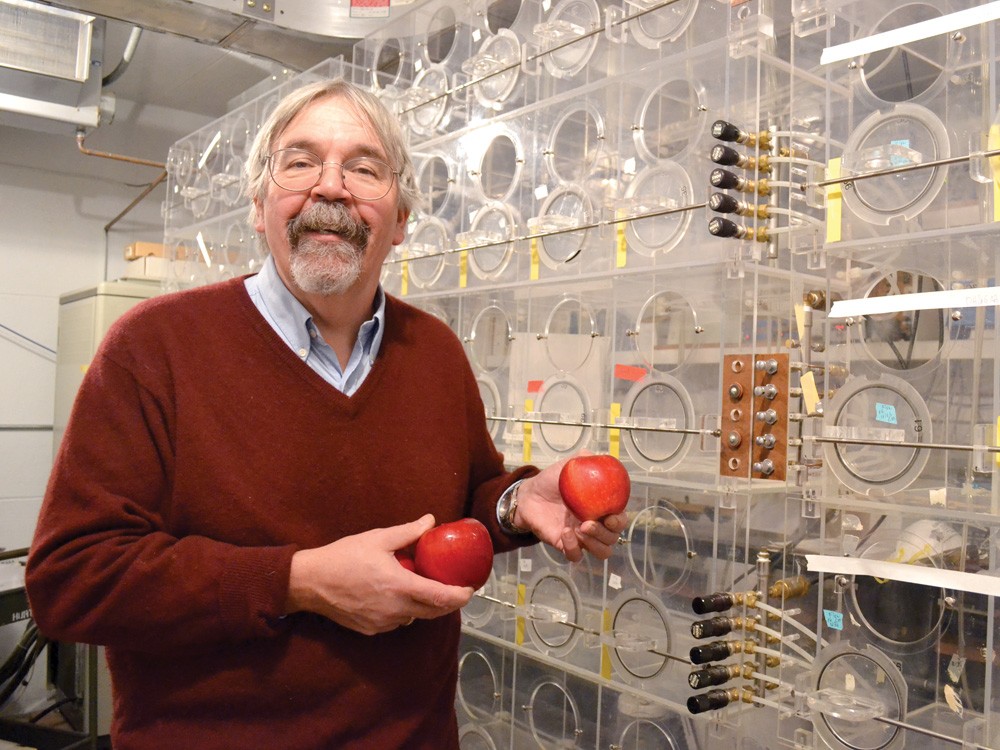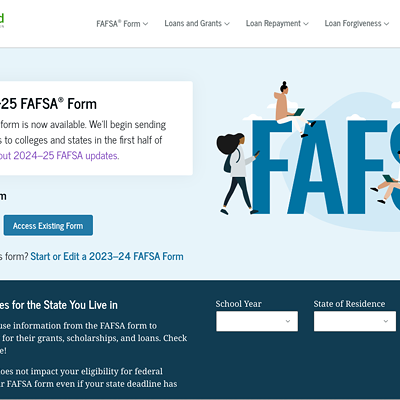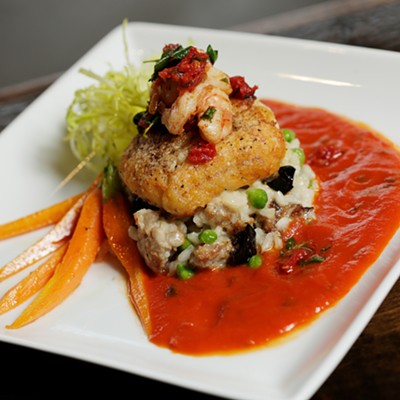John K. Fellman held out a firm, bright, ruby-red apple: the WA 5.
“Yeah! Go ahead, take a bite. Tell me what you think,” says Fellman, professor of post-harvest physiology at Washington State University.
Fruit growers are being asked to test the university’s newest apple breed, which was released to growers this year through a partnership with the state’s Tree Fruit Research Commission.
The apple, which was designed to maintain its juice and firm texture through months of storage, is now in the orchards of eight different farmers across the state, according to Tom Auvil, a research horticulturalist at the commission.
“We’re learning together — WSU, the growers and the commission — how to make it work,” Auvil says.
The new apple is the latest collaboration between university researchers and the state’s growers. It’s the second apple released in the past two years.
This fall, apple and pear growers made headlines when they pledged to donate $27 million to the university’s fruit-tree researchers. The gift, which will be donated over the next eight years, will be collected by a $1-per-ton tax that the growers imposed on themselves. The donation will fund faculty chairs at the university, support research centers around the state, and create new positions to transfer information and technologies to growers in the field.
As the nation’s top apple producer, Washington state needs apples that store well in the off-season, so that growers will have a product to sell year-round, Fellman says. Growers interested in the newest variety obtain a sublicense to order five trees for $600. Those trees are then observed for several years to find out if the variety has a flaw or a distinct characteristic, Auvil says.
After this five-year step in the evaluation process, those growers may purchase more WA 5 trees for commercialization. Auvil says part of that is determining whether the taste and texture of the apple will fit the tastes of the market.
“The WA 5 has an astringency factor that people either really like or really don’t like,” says Auvil. “It appears to resemble a Granny Smith in the eating quality.”
The WA 5 has a distinctive reddish-orange tint with little russet on the skin. With acidity levels falling between a Gala and Braeburn, the WA 5 is most comparable to Honeycrisp, according to the WSU Apple Breeding Program’s analysis.
In 1994, Shawn Mehlenbacher, a horticulture professor at Oregon State University working on behalf of the WSU breeding program, crossed the genes of a Splendour apple and a Co-op 15.
“You take pollen from Co-op 15 trees and put it on splendor blooms,” says Bonnie Konishi, WSU’s agriculture research technician. “Then you can harvest the seeds. Each tree and seed is unique, just like people’s genes.”
The combination created seeds for trees bearing crispier and juicier apples than the previous WA 2 apple, released in 2009, according to Katherine Evans, the tree-fruit breeder at the WSU Tree Fruit Research and Extension Center in Wenatchee.
The researchers first planted a few trees in three different climates of Washington: a cold site just north of Chelan, a river valley in Wenatchee, and a warmer sandy area in Basin City.
“At one point, WA 5 was just one tree in a huge orchard,” says Konishi.
The apple has moved to four new sites throughout Washington for grower trials in Brewster, Mattawa, Prosser and Quincy.
“There were field days where other growers could come and take a look at what’s being grown,” Konishi says. “WA 5 kept attracting people because of its pinky red stripe over yellow. It also has a nice shape and Honeycrisp texture.”
Fellman said there are now enough WA 5 apples available to start conducting storage studies. They have several hundred pounds in storage for continued evaluation, and the fruit-tree commission is considering whether to send the trees to more growers.
“It’s a slow process,” Konishi says. “Now it’s really up to the momentum behind it.”
This article was provided by Murrow News Service, which is produced by journalism students at the Edward R. Murrow College of Communication at Washington State University.





















